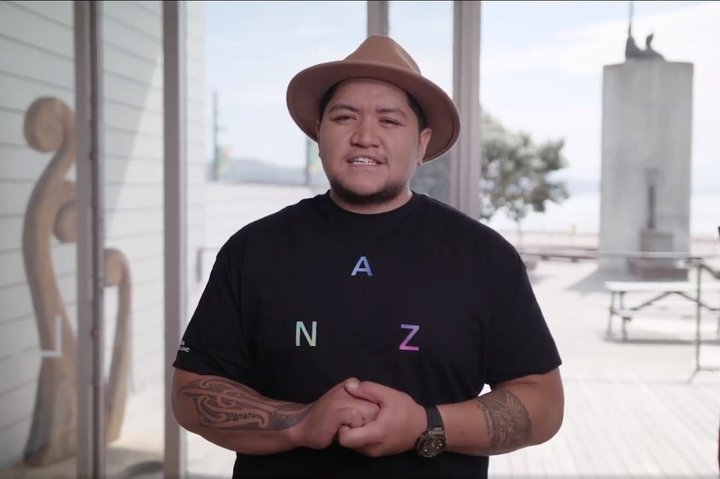5 July 2023
Next week we celebrate Matariki and to find out more about what Matariki means, and how we should best observe it, I asked Tāwhiri's Pou Māori, Tama Ale Samoa.
Tama Ale Samoa (Taranaki, Ngā Ruahine) is Tāwhiri’s Pouārahi Māori. Tama’s role is focused on implementing Tāwhiri's Intercultural Policy across the organisation and its events and activities, supported by the Executive Director, Director Ngā Toi Māori and wider team.
Tama has over 10 years’ experience as a cultural adviser, teacher and translator including with Te Kāhui Tūroa, Lower Hutt City Council, Te Whare Maire o Tūhaereao and Paparākau Tuarua Kohanga Reo. Tama graduated from Te Panekiretanga o te reo Māori in 2017. He is the kaiako and kaikōrero for Te Kapa Haka o Te Ahi a Tahurangi, which won the Te Whanganui-a-Tara regional kapa haka competition in 2020 and competed at Te Matatini in 2022.

What are the actual dates of Matariki?
Good question. The confusion arises because the Māori calendar is different to the Gregorian calendar that we use in the western world.
The actual dates of Matariki are the during the Tangaroa phases (last quarter) of the Pipiri moon. Which lands around the May/June/July times. This year, the dates are from 10-15 July.
Why do we celebrate it?
Simply, Matariki is about acknowledging the old, and preparing for the new.
What do the individual stars mean?
Each star is a physical representation of the following:
Pōhutukawa - the dead
Hiwaiterangi - wishes and aspirations
Waitī - fresh water
Waitā - sea water
Waipunarangi - rain water
Ururangi - air
Tipu-ā-Nuku - Food that grows in the ground
Tipu-ā-Rangi - Birds, berries
Do other cultures celebrate a similar thing?
Matariki, Pleiades, Subaru, Matali’i, are a few of many many names that Matariki is known by. I’m not entirely sure, but I know Matariki is a well known constellation all around the world.
How did you celebrate Matariki growing up? And how do you celebrate now?
Growing up, we celebrated Matariki with kai, karakia, songs and haka. Today, we are slowly reclaiming our original practices pertaining to Matariki. All thanks to Professor Rangi Mātāmua.
Do different iwi celebrate Matariki in different ways?
Iwi love to be different. I have found there are many more similarities than there are differences. According to research, the Matariki ceremonies were very much the same right across New Zealand. I know the northern tribes and the southern ones.
What are some activities we can do to observe Matariki?
In my first answer, I mentioned the right dates to view Matariki. The right time is before the sun rises; Matariki actually pulls the sun up for the new year. You will see Matariki first, and she is closely followed by the sun. Look at the North Easterly dawn sky.


